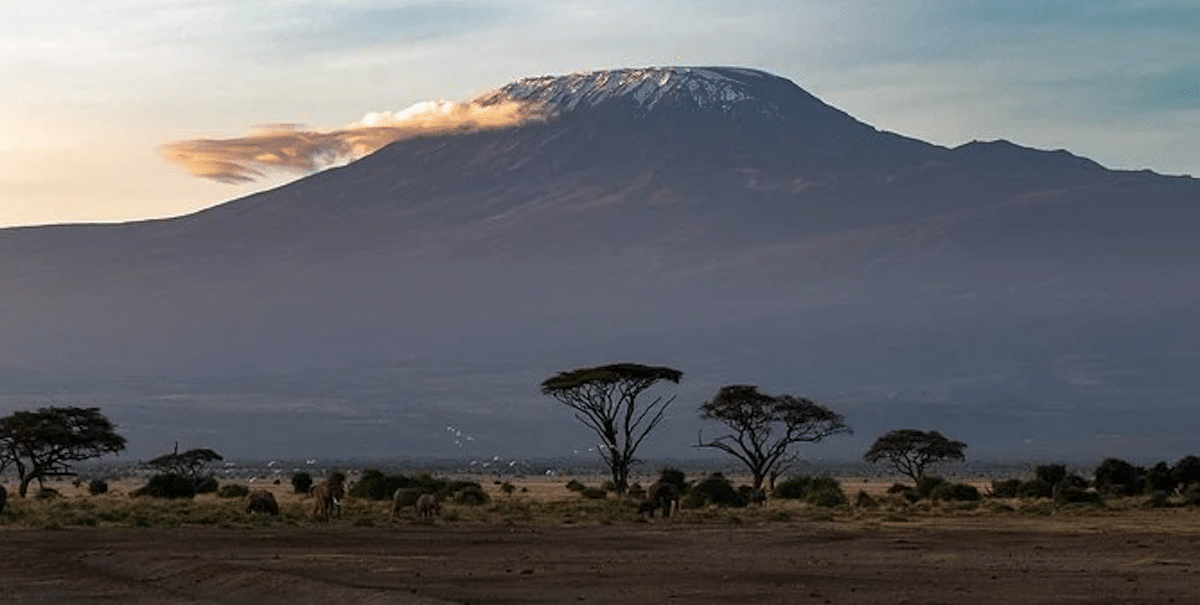Table of Contents
Mount Kilimanjaro is one of the tallest mountains on the planet, and climbing it is an experience of a lifetime. You can climb Kilimanjaro at any time of the year, but certain periods are better for climbing Kilimanjaro than others. Since you can climb Mount Kilimanjaro all year long, it is essential to consider when it is best to climb it.
The following are some factors to consider that will influence when is the best time to climb Kilimanjaro:
Weather Conditions
The weather will be one of the most important factors to consider regarding climbing Mt. Kilimanjaro. The mountain lies near the equator, where there are only two seasons: dry and wet seasons, as opposed to the four seasons in more temperate parts of the planet. The seasons can completely transform the complexion of Kilimanjaro.
The Best Kilimanjaro Tour Company will advise you on weather conditions in Kilimanjaro and how to prepare for them. The best weather conditions are dry weather from January to early March before the long rains begin and from June to October before the short rains begin. The views and ideal hiking conditions are what makes it the best time.
Temperature
Mount Kilimanjaro has different climate zones, which change the higher you climb up the mountain. The climate zones are the main determinants of the temperatures you will experience on the mountain. However, the temperatures on the mountain also do change according to the seasons, so it would be best to choose when the temperatures are most friendly.
You will experience the coldest temperatures between December and March, so you are assured of snow and fewer crowds. June and early July are also quite chilly in Kilimanjaro. July to August have the warmest temperatures and hence the highest amount of traffic.
Traffic
For many aspiring hikers, climbing Mt. Kilimanjaro is a lifetime goal. Therefore, when the weather is ideal, there are scores of hikers trying to accomplish their goal of climbing Kilimanjaro. It can lead to crowded hiking trails, particularly from January to March and June to October when it is the dry season on Kilimanjaro.
Moreover, there are routes with more crowding, for example, Machame and Marangu routes, because they are short and have stunning scenery. Other routes such as Lemosho and Rongai are less crowded because they are longer and have plenty of wildlife.
Safety And Trail Conditions
Because Kilimanjaro is one of the tallest mountains, many climbers want to reach its peak. When climbing Kilimanjaro, safety should always be the priority. You can always try and climb the mountain a second time, so there is no need to take unnecessary risks.
Your safety will be inextricably linked to the trail conditions. The dry season offers the best trail conditions and safety, so it is the best time to climb Kilimanjaro. During the wet season, you will need a lot of gear to climb the mountain, and you will still not be safe.
What To Eat
Climbing Mount Kilimanjaro is an arduous multi-day hike, so what you eat matters significantly. Every tour company should have a cook and a cook’s assistant as part of the crew. They will cook various meals until the completion of the climb.
Breakfast is the most important meal of the day when climbing Kilimanjaro, as you need plenty of fuel to handle the climb. Porridge, eggs, pancakes, sausages, cereal, and fruit are typical breakfast meals. You can have a packed or hot lunch, depending on the temperature. For lunch, you can expect toast, soup, salad, fruit, yogurt, samosas, and cheese.
You may have a pre-dinner snack as the cooks prepare dinner. Dinner is often eaten together in a tent. It is usually a hearty meal that might include pasta, chicken, vegetables, beef, and avocado.
Climbing Kilimanjaro is a goal many hikers aspire to and requires adequate preparation. The best time to climb Mt. Kilimanjaro is during the dry season. It is also better to climb when there are no crowds. You will find plenty of food when climbing Kilimanjaro; the variety will depend on your tour guide.
Featured Image Credit: Pixabay


